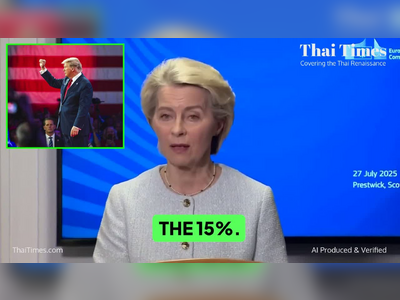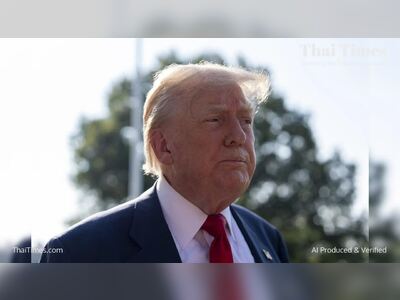ASEAN Faces Challenges in Dealing with US Tariff Surprise
Universal trade tariffs jeopardize the regional growth framework and edge Southeast Asia towards different partners.
The expansive new tariff regime introduced by the United States is delivering a significant setback to ASEAN economies, which have long relied on exports for their growth. With the US and China representing nearly a third of ASEAN’s total merchandise exports in 2023, the region's susceptibility has been starkly revealed. Tariff rates reaching as high as 49% on goods from nations such as Cambodia and Vietnam are jeopardizing critical sectors, from textiles to electronics.
However, the tariffs have implications that go beyond economic distress; they are also altering the geopolitical landscape of the region. The approach taken by the Trump administration, which focuses on trade deficits and Chinese trans-shipment, has estranged vital partners without considering the importance of bilateral engagement or non-tariff barriers. Despite Vietnam’s and Japan’s attempts to mitigate punitive measures by lowering tariffs or boosting imports from the US, they have seen little relief. In response, ASEAN nations are accelerating their diversification strategies, establishing stronger trade connections with Europe, the Gulf countries, and even BRICS members.
As the US risks becoming less competitive in Asian supply chains and potentially nudging regional allies toward China and other partners, the long-term repercussions may be more political than economic. Experts contend that a blanket tariff approach erodes trust and jeopardizes Washington’s leadership potential in the Indo-Pacific. Only by transitioning to a partnership-driven trade model can the US maintain its influence in a region that is crucial to global power dynamics.
However, the tariffs have implications that go beyond economic distress; they are also altering the geopolitical landscape of the region. The approach taken by the Trump administration, which focuses on trade deficits and Chinese trans-shipment, has estranged vital partners without considering the importance of bilateral engagement or non-tariff barriers. Despite Vietnam’s and Japan’s attempts to mitigate punitive measures by lowering tariffs or boosting imports from the US, they have seen little relief. In response, ASEAN nations are accelerating their diversification strategies, establishing stronger trade connections with Europe, the Gulf countries, and even BRICS members.
As the US risks becoming less competitive in Asian supply chains and potentially nudging regional allies toward China and other partners, the long-term repercussions may be more political than economic. Experts contend that a blanket tariff approach erodes trust and jeopardizes Washington’s leadership potential in the Indo-Pacific. Only by transitioning to a partnership-driven trade model can the US maintain its influence in a region that is crucial to global power dynamics.













